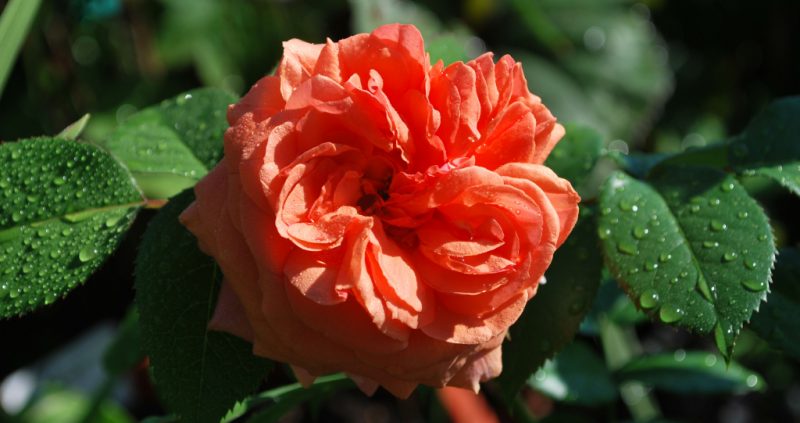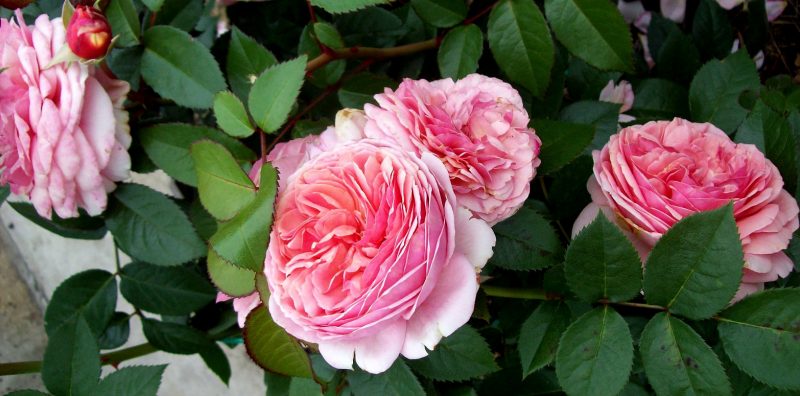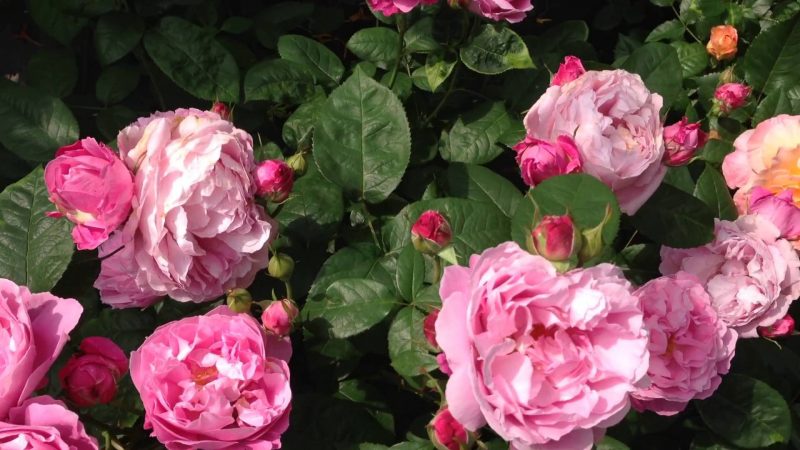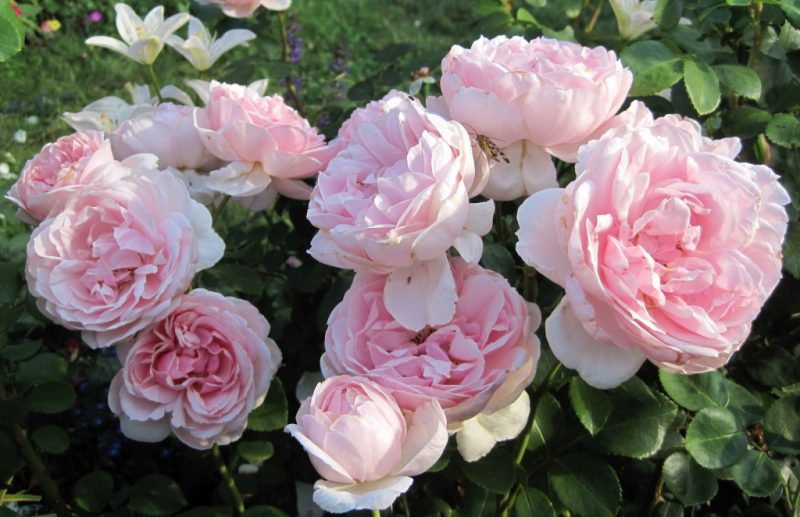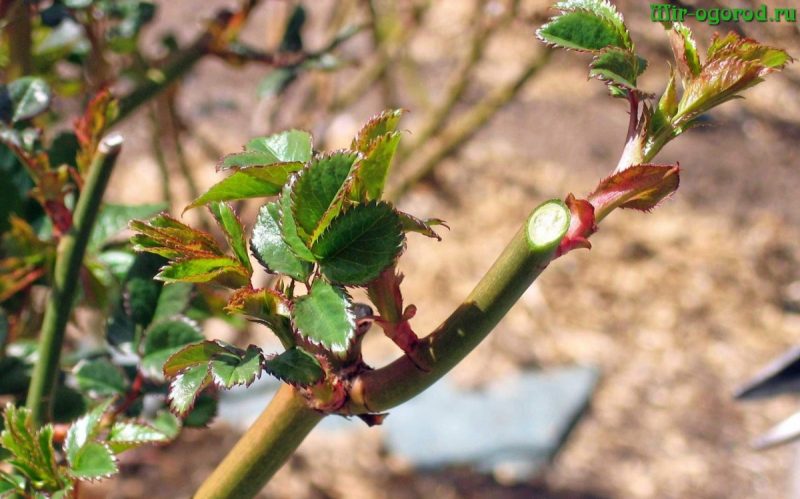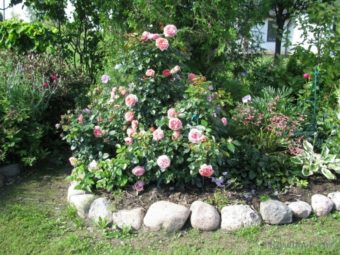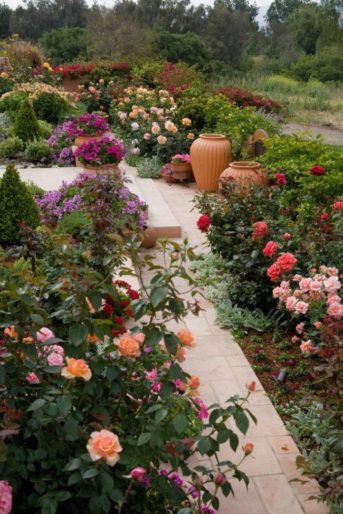Chippendale is a rose from a group of scrubs. The variety is wonderful - plentifully blooming, with beautiful double flowers. Due to the pleasant and strong aroma, they resemble old varieties, but this type of plant is more resistant to diseases, requires special care for prolonged flowering.
Material Content:
Chippendale Rose Breeding History
The presented variety was created in one of the nurseries of Europe - Rosen-Tantau, located in northern Germany. Over the centuries-old history of the existence of this nursery, many popular varieties of roses are bred in it.
And Chippendale appeared relatively recently - in 2005. Its author was the breeder Hans Jürgen Evers (Hans Jürgen Evers).
The variety has won several prestigious awards, and in 2013, in New Zealand, it was recognized as the best fragrant rose of the year.
It is useful for gardeners who want to plant Chippendale roses in their garden to know that they are also known by other names:
- Ali Man;
- Duchess of Cornwall;
- Tan97159;
- Ali Mau;
- Music Hall.
During flowering, pink bushes look unusually beautiful. The English rose of David Austin can envy the strong shoots of the Chippendale variety, which do not go down even under the weight of large flowers.
Description and features of the variety
Chippendale is a spray rose or scrub. She has thick double flowers, consisting of 50 or more petals, the color of which varies from bright orange to pale pink. On one bush you can see flowers of different colors, with a diameter of up to 12 cm. The description of the variety suggests that in addition to beauty, the rose has a rich aroma with fruity notes.
Her shoots are tall and erect, the leaves are beautiful, dark green. The adult bush reaches a height of 80–120 cm.
The plant opens all its wonderful qualities for 2 years of cultivation. This variety is resistant to disease, hardy, but sometimes affected by the disease - black spotting.
A rose blooms in early June. Thanks to repeated flowering, the bush is strewn with large flowers all summer.
Why is that called?
The unusual name of the rose is associated with the Disney cartoon “Chip and Dale Rescue”. But this is only a coincidence: the rose has nothing to do with Walt Disney and his characters.
The beautiful flower received its name in honor of the furniture master Thomas Chippendale, who lived in the 18th century.
It was a cabinetmaker who had his own workshop. It was he who designed the interior of the Harwood House Palace (UK), and was engaged in its furniture.
The nuances of cultivation and care
Growing roses is not an easy task, especially in central Russia and the northern regions. Every autumn, plants need to be protected from frost, clipping foliage, in the spring to remove the shelter. But the punctured hands and the time spent makes up for the flowering time. Chippendale roses can inspire even the most lazy gardeners to work.
The best month for planting roses is May. It is advisable to place seedlings purchased in the garden center on a well-lit area of the garden. With a lack of light, flowering will be weak.
Standard soil quality requirements are neutral acidity, light structure, fertility. If the site is sandy or clay, a hole is made to a depth of 80 cm, and organic fertilizers are laid in it interspersed with the ground.
To prevent fungal diseases, as well as to protect against pests, planted roses are treated with copper-containing preparations and insecticides. The first two weeks are shaded from the sun with a thin covering material, watered as the soil dries.
In the first year, young roses can not be fertilized if rotted organic matter (compost, humus) and complex mineral fertilizers were added to the holes during planting. In the following years, fertilizers are applied monthly, starting from April to August, except for the flowering period. Mineral fertilizing with phosphorus and potassium will help prepare the rose for the winter.
In addition to top dressing, rose bushes need regular pruning. In spring, summer and autumn, you need to monitor the health of plants. In wet weather, they should be treated with fungicides to prevent fungal diseases.
Pruning roses, preparing for winter
One of the important rose care activities is annual pruning. Like a park rose, Chippendale can grow almost without pruning, reaching more than 1.5 m in height. But for the formation of a beautiful bush and long flowering, pruning is necessary. In spring, this procedure stimulates the growth of new shoots, helps to clear the bush of all the sick and unnecessary.
The first pruning is carried out immediately after the opening of roses in late April until the buds open. If you arrange such events at a later date, this will delay the flowering time. Healthy shoots are shortened by 1/3 of the length to get a tall bush with lots of flowers.
At the same time, all weak and thin shoots are cut out, as well as those on which signs of disease and degeneration are visible. In the first years of cultivation, it is important to create a strong bush frame. Pruning is always done on the external bud so that the growing shoots do not thicken the crown, but create volume.
There is another pruning option: to make the flowers larger, in the spring the shoots are cut to 1/2 length. A low bush looks good on a flower bed. But, if the soil on the site is sandy, a short pruning is not recommended.
When the rose blooms for the first time, wilted buds need to be pruned in order to provoke a second bloom. After the second flowering, the inflorescences cannot be cut off, otherwise young shoots will start to grow, which will not have time to ripen by winter.
For the winter, roses need to be covered.
Preparation begins in October:
- reduce watering;
- long shoots cut to 1/3;
- remove all leaves with a sharp secateurs or simply treat the plant with fungicide;
- cut off all the fruits, inflorescences and buds, young shoots that have started;
- cut out foliage from under the roses, then it is burned;
- they plant the root system of the plant with a layer of rotted compost or peat;
- establish arcs or a wooden frame along the height of the bush;
- covered with a double spanbond.
It is important in the spring to choose the right time in order to open the roses. At the end of March, when the air temperature is above 0 ° C, from the shelters protecting the bushes, the remaining snow is dumped, the ends are opened, to ventilate the plants. Cover material is removed on the 20th of April or early May, if the weather is cold.
The use of varieties in landscape design
Rosa Chippendale can grow as a separate bush on the lawn or be the center of a flower arrangement. It goes well with other plants that are unable to overshadow its beauty. Flowers stand for a long time in cut, and in summer you can make fragrant pink jam from the petals.
Where to plant the rose depends on the overall layout of the garden.
There are two main styles of the rosary - classic, consisting of only roses in combination with boxwood, and mixed.
In the second case, rose bushes are planted next to perennials. Such a rose garden looks more picturesque. Even when roses do not bloom, there is always something to see in the flower garden.
Near the rose bushes you can plant cereals, echinacea, clematis, geraniums, sage, cuffs. It is customary to plant several identical rose bushes together in order to achieve a greater effect during flowering. But the Chippendale bush is quite voluminous, so it is better to place it alone, as it grows more than 1 meter wide. It seems as if there are several plants nearby.
The advantage of the variety is not only beautiful flowers, but also a pleasant, strong aroma, so the bushes are planted in places of rest. Rosa Chippendale floribunda - a hybrid tea species - will be appropriate near the gazebo, under the bedroom windows, on the flowerbed or at the entrance to the house.


